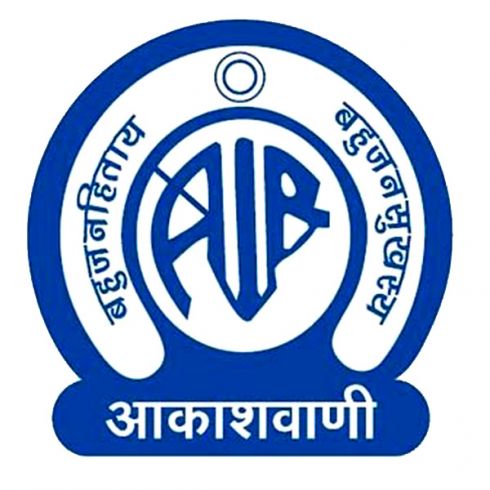
NEW DELHI: Although All India Radio has been among the foremost countries in the progress in adoption of digital radio mondiale technology, it has now formally become a member of the DRM Consortium and its leading bodies.
This fact was acknowledged in the recent DRM General Assembly held in Switzerland, where the fact that several car models launched this year in India are carrying standard DRM receivers was greeted with interest.
Under the banner “Digital Radio Mondiale Delivers”, the 2017 General Assembly of the DRM Consortium that took place on 10 and 11 May in Baden, near Zurich, being hosted by the industrial company and key Consortium member Ampegon.
This year’s General Assembly reviewed the many and successful developments of the past year and set the directions for 2017-2018 with emphasis on receivers and key markets in Asia and Africa.
The open session had two major headings: key DRM countries - reports from local representatives in India, Pakistan, Germany, Southern Africa and Brazil - and the development of several types of DRM receivers.
All India Radio has successfully completed phase-I of the national DRM digital radio roll-out. This involved the installation of 37 DRM transmitters, now operational, throughout the country. Of these, 35 are medium wave and 2 are shortwave transmitters. Both SW transmitters are for international service and are broadcasting in pure DRM. Out of the 35 MW transmitters, 2 are broadcasting in pure DRM, carrying two audio services in digital; the other 33 transmitters are working in simulcast mode. Out of these, 25 MW transmitters are working for 1 hour in pure DRM every day (Monday to Saturday). The transmission powers of these 35 transmitters are: 1000 kW (two), 300 kW (six), 200 kW (10), 100 kW (11) and 20 kW (six); two SW transmitters are 500 kW and 250 kW each.
As part of Phase II of the DRM introduction in the country, AIR is demonstrating the full complement of services which are part of the DRM standard. Phase-II of the DRM project by offering full features/services from these DRM transmitters and improve service quality.
With the finalization of Phase-II, the full-featured DRM services will finally be available to listeners and a public information campaign will be initiated to inform the Indian citizens of the completely new and future oriented DRM radio platform and its many benefits.
Twenty-one DRM transmitters are now operating in pure DRM for one hour everyday, in addition to simulcast operation. The feedback received by AIR about of the reception quality of DRM signals is very good.
Phase-III, as presented by AIR, will eventually culminate in the complete transition of radio services to the digital DRM platform, improving the number and quality of radio services and extra features for the listeners, while also saving tremendous amounts of transmission power every year.
The Hyderabad-based Mobis Technical Center of India (MTCI) joined hands with NXP India, a global automotive semiconductor maker, to develop the digital radio broadcasting receiver that can cover the entire country for the first time in India.
Hyundai Mobis were in charge of receiver development and vehicle testing, and NXP took charge of semiconductor chip development. This product drastically improved radio broadcasting in India where only 40 per cent of the country is able to receive FM signals. It was highly recognized by the Indian Digital Radio Broadcasting Association.
In her message, DRM Consortium Chair Ruxandra Obreja has said: “According to the latest reports about AIR, DRM is stronger and better heard than ever, with some extra features that give the DRM the upper hand over analogue.
For the coming year, the DRM Consortium will consolidate its work in markets like India, Indonesia, other Asian countries and Southern Africa. In parallel it will vigorously pursue receiver developments, preferably as multi-standard offers, and will pay particular attention to the automobile segment.